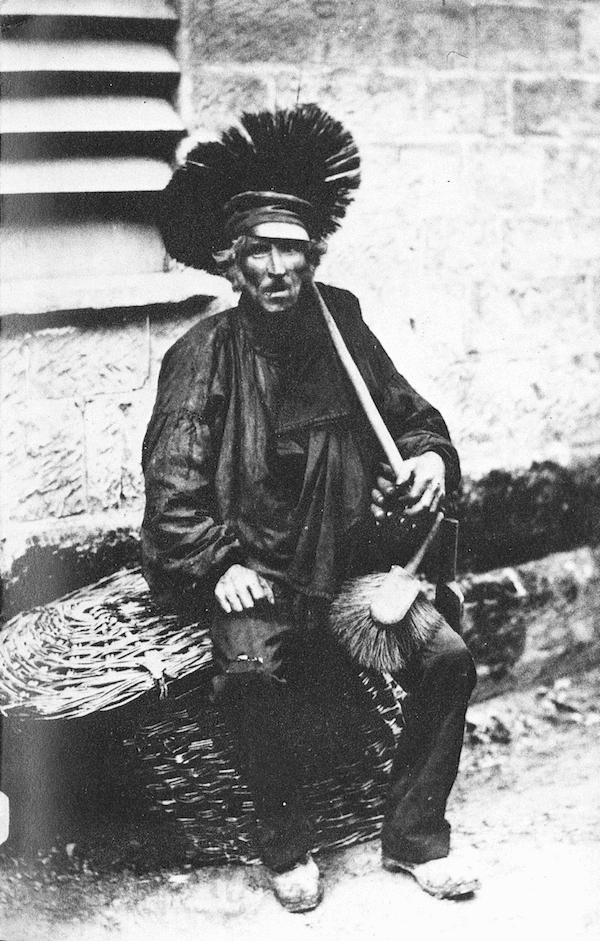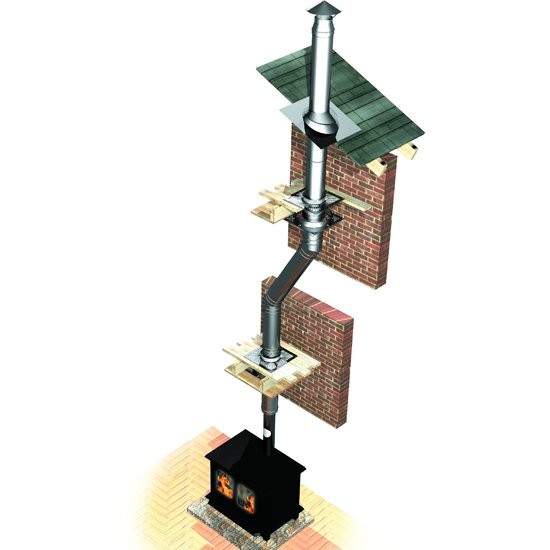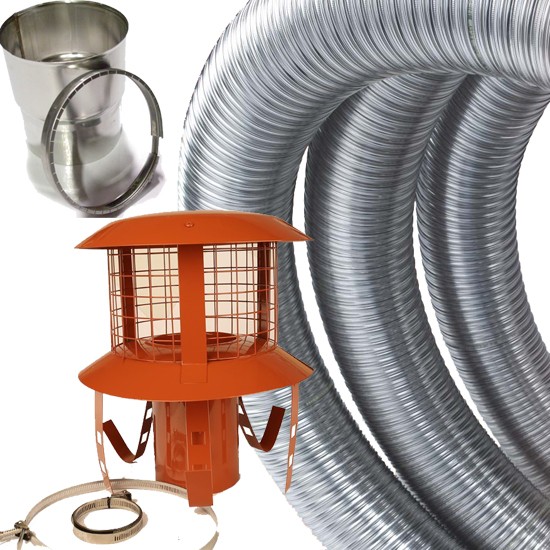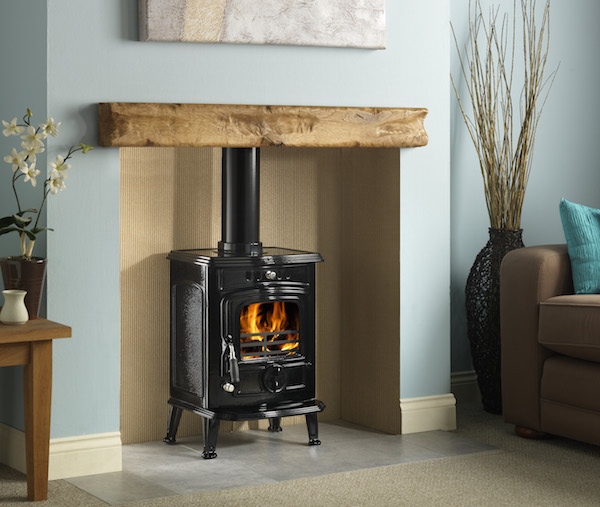Anybody who works from a garden office or a similar annexe workspace will know that the proposition is entirely more appealing in summer than it is in winter.
Those who venture into garden workspaces between September and March are: (a) hardy souls; (b) almost constant commentators on the temperature; and (c) no strangers to fingerless gloves.
That is, of course, unless the office in question is equipped with a wood-burning stove. With a woodburner installed, even the harshest of wintery workplaces can become inviting and productive spaces in which to spend the working day.
Key considerations before installing a woodburner in a garden office
- Will your installation be able to comply with building regulations? Read up on those here.
- Is the floor strong enough to hold the stove and hearth?
- How well insulated is the office? Assuming there is decent insulation and it’s a relatively small building, you will only need a small stove.
Recommended woodburners for a garden office or studio
Bearing in mind the previous point that the smallest woodburners will probably suffice to in turning your chilly workspace into a toasty environment, here are some suggestions.
1. Mazona Signet 4kW
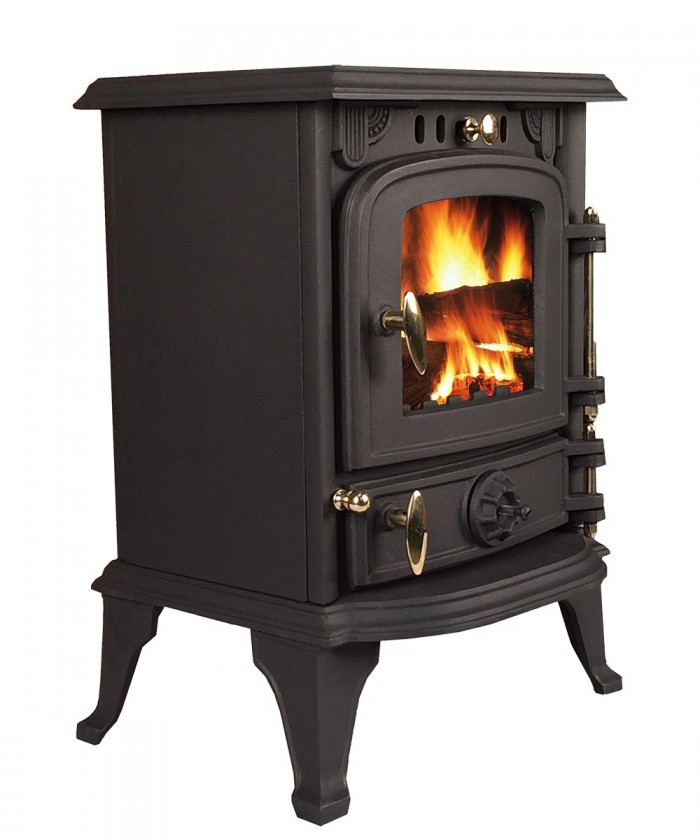
The Mazona Signet 4kW multi-fuel stove is a great choice because it has a manageable heat output and a manageable price tag. At the time of writing, it is available for £181 – a reasonable investment for the warmth it will provide through the working day. Click here for more details.
2. Villager Puffin 4 kW Multi Fuel
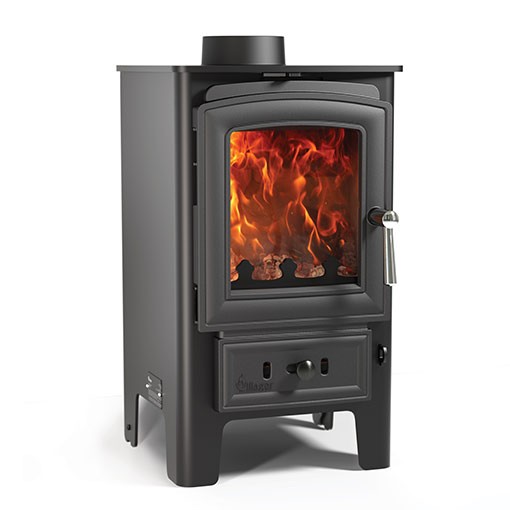
The super-slim Villager Puffin (just 330mm wide) is perfect if you’re short on floorspace in your studio. In many ways, it is a classic woodburner in its styling, so it will work well if you’re after an outdoorsy feel. Click here for more details.
3. GBS Mariner 4kW
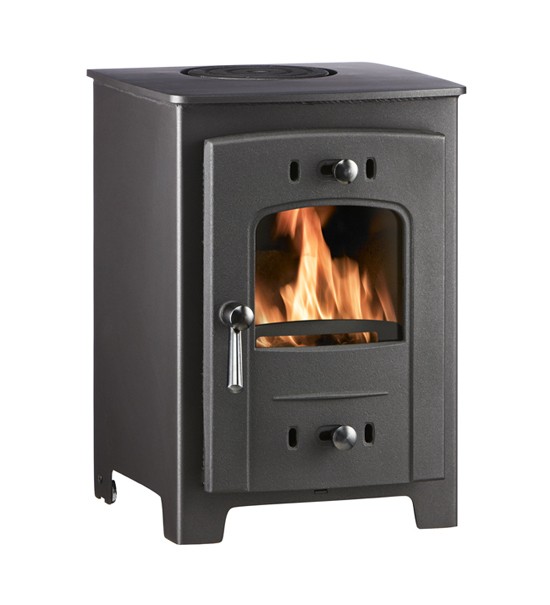
The GBS Mariner boasts a stylish, modern design. Its stripped back detail make it perfect if you’re after an uncluttered, minimalist workspace. Click here for more details.
4. Aarrow Acorn View 4kW
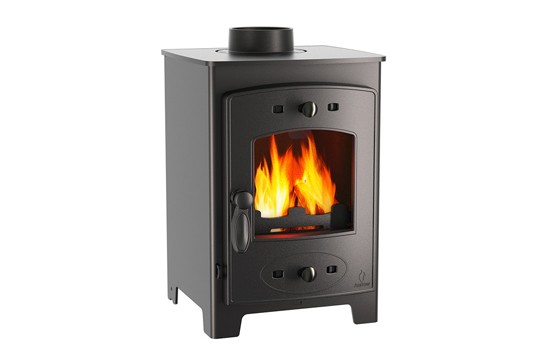
The Aarrow range by Arada Stoves is full of top-selling appliances. The compact little Acorn View is one such example – and one that’s well-suited to snug workspaces. Click here for more details.
5. Aarrow Ecoburn Plus 4kW
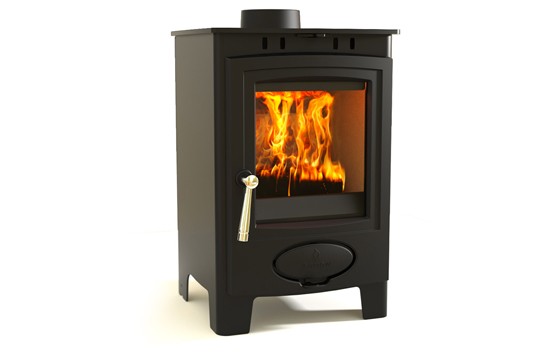
Similarly to the GBS Mariner, this Aarrow appliance is sleek and minimal in its design (who knows, it might aid productivity). It’s also a very popular appliance. Click here for more details.

